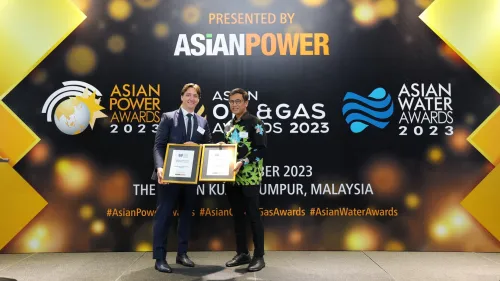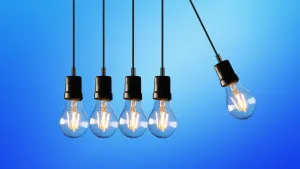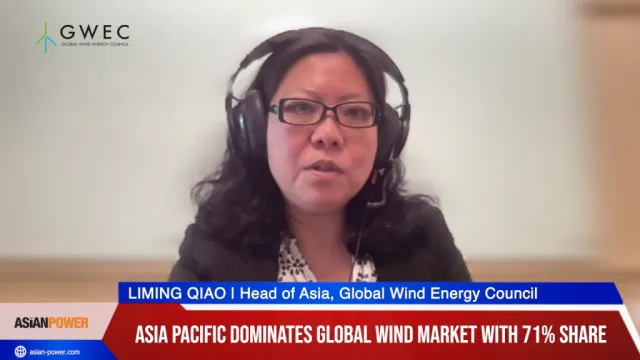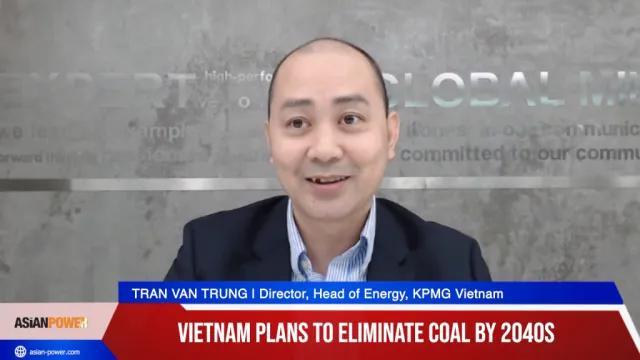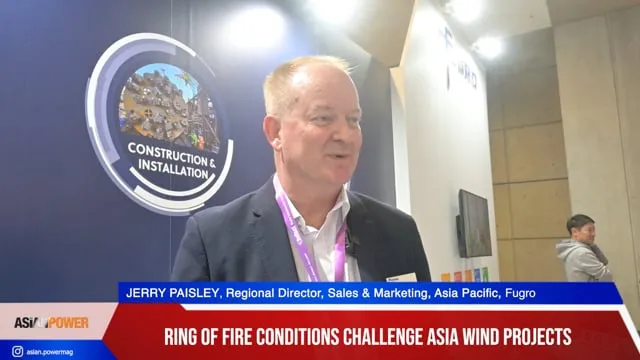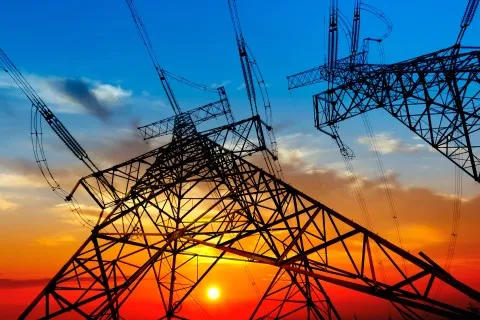
Is China tightening its grasp on Sub-Sahara Africa's power industry?
Nuke and non-hydro power are next on its ambitious checklist.
China's dominant role in SSA's coal and hydropower industries will continue and there are increasing opportunities for Chinese companies in the non-hydro renewables sector - and over the longer term in the nuclear power industry.
According to Georgina Hayden, Senior Energy & Infrastructure Analyst, BMI Research, the biggest challenges facing Chinese companies operating in SSA markets is increased competition as projects become more market-based, governments trying to reduce reliance on Chinese finance and local opposition to projects.
China has built up immense operational, financial and infrastructure capacity in Sub-Sahara Africa (SSA) over the past decade. As such, it already has a substantial framework through which it can continue to capitalise on the region's sizeable infrastructure deficit. This framework ranges from strong bilateral relationships with a number of African governments, to having established construction companies on the ground.
There is huge untapped demand for electricity in SSA, with significant opportunities for investment in the region's power sector, Hayden said. Those opportunities are matched by significant risks, with SSA power markets continuing to be defined by challenging business environments, limited reform and constrained financing availability. This, however, paves the way for more risk-tolerant Chinese companies to invest in power capacity.
"We have already seen China make deep inroads into the SSA power sector, particularly in the hydropower segment. Chinese companies have nearly a 30% share of all completed hydropower projects and those in various stages of development in SSA, as companies such as Sinohydro and Three Gorges Project Corporation utilise their extensive knowledge with developing domestic hydropower projects," she said.
China's role in the SSA coal power sector is also notable, with roughly 17% market share.
Here's more from Georgina Hayden:
We expect China's significant role in SSA's coal and hydropower industries to continue, as governments across the region pursue hydropower and coal as key components of their energy agendas. Ethiopia, DRC, Uganda, Mozambique and Nigeria are all focused heavily on hydropower expansion, while countries with domestic coal supplies - South Africa, Zimbabwe and Botswana - are ramping up coal-fired power capacity.
Furthermore, financing restrictions on coal projects from the likes of development banks and international financial intuitions (the World Bank, EIB, EBRD and Bank of America have all cut funding for coal projects) and growing international pressure to curb development finance to large-scale hydro projects on social and environmental grounds creates even greater scope for China to dominate the competitive landscape in these two sectors.
Currently, the competitive landscape in the renewables sector in SSA is notably diverse, driven by developing regulatory frameworks, greater funding availability and wider liberalisation in the sector.
European and US companies in particular are heavily involved in the non-hydro renewables industry, with China playing a less important role.
However, there is scope for China to increase its market share - particularly Chinese solar manufacturers who can capitalise on the growing demand for solar components across SSA. While still small, the expansion in SSA solar markets coupled with trade injunctions in other regions which restrict demand for Chinese panels in the US and EU, means more and more Chinese solar manufacturers are looking to SSA.
Chinese panels are supplying utility-scale projects (for example the 200MW flagship solar project in Ghana and the 50MW Garissa project in Kenya) and rural electrification off-grid projects in Tanzania and Uganda. Furthermore, Chinese manufacturers are starting to develop manufacturing facilities in the region, with China's Jinko Solar setting up solar panel factories in Kenya and South Africa.
Over the longer term (beyond our 10-year forecast period), the region's ambitious nuclear agendas - Ghana, South Africa, Nigeria and Kenya all have aims to develop nuclear capacity - could present investment opportunities for China's nuclear companies. China's domestic nuclear industry is expanding rapidly and the state-owned nuclear firms are increasingly looking to export their technology internationally.
Given the well established links already between China and governments in SSA, and the strong financial backing of the state-owned nuclear companies, we expect China to gain a foothold in SSA's slowly emerging nuclear market.


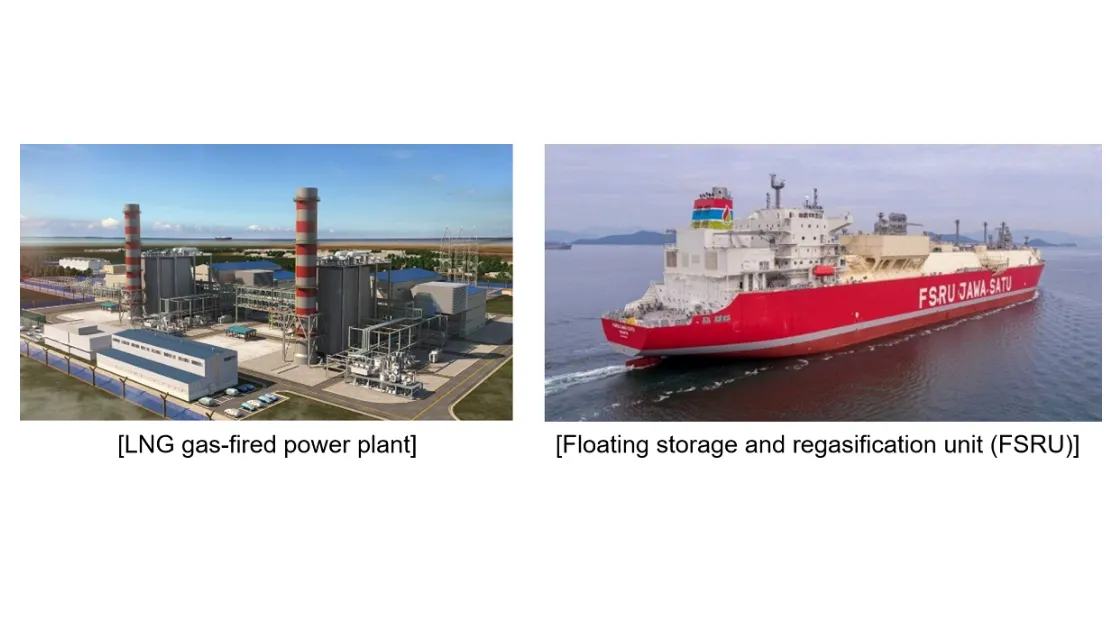
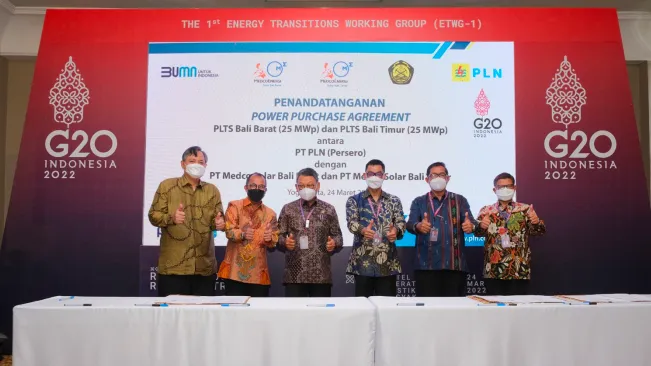



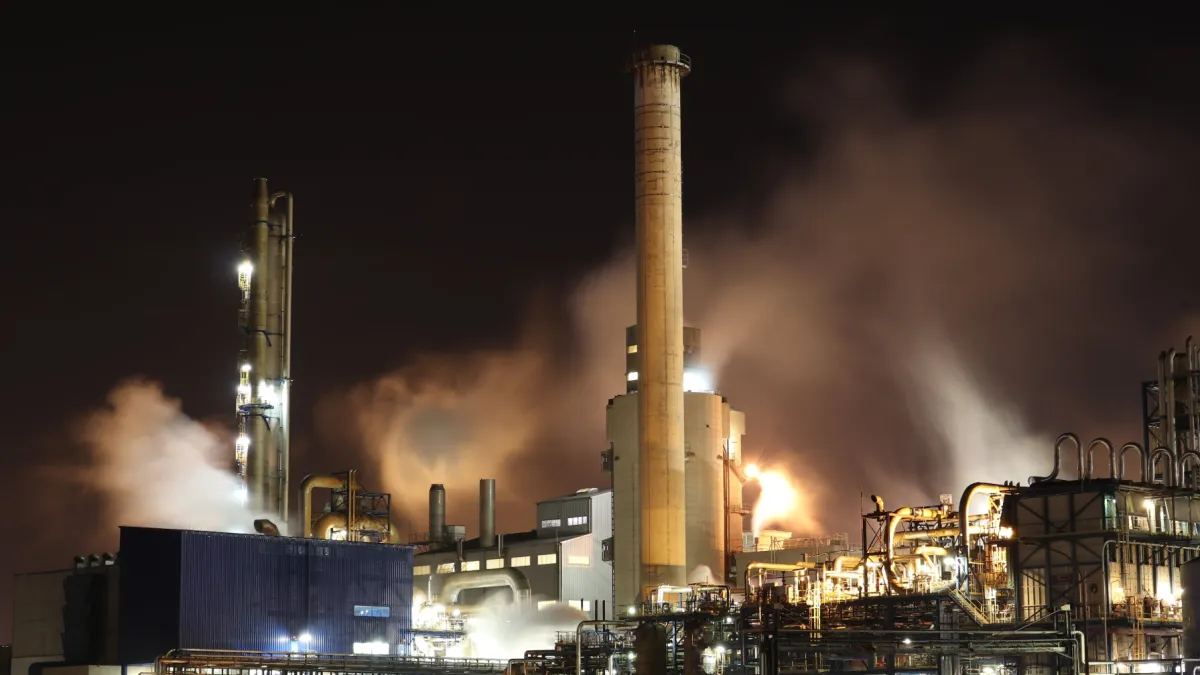

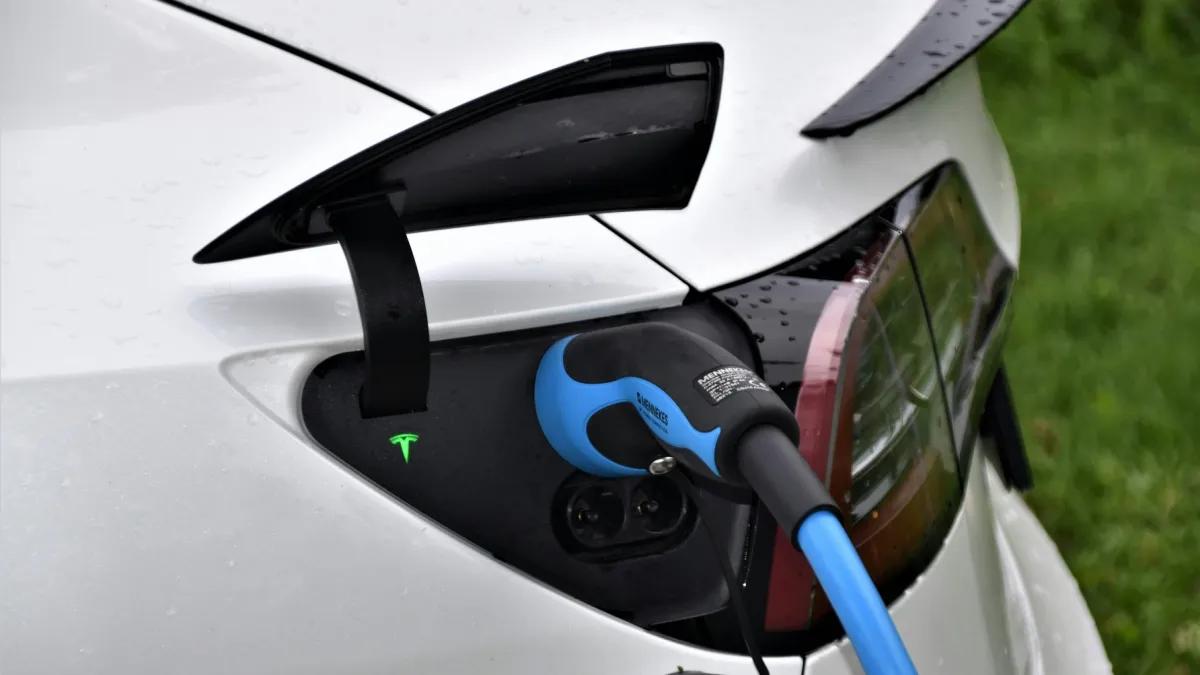
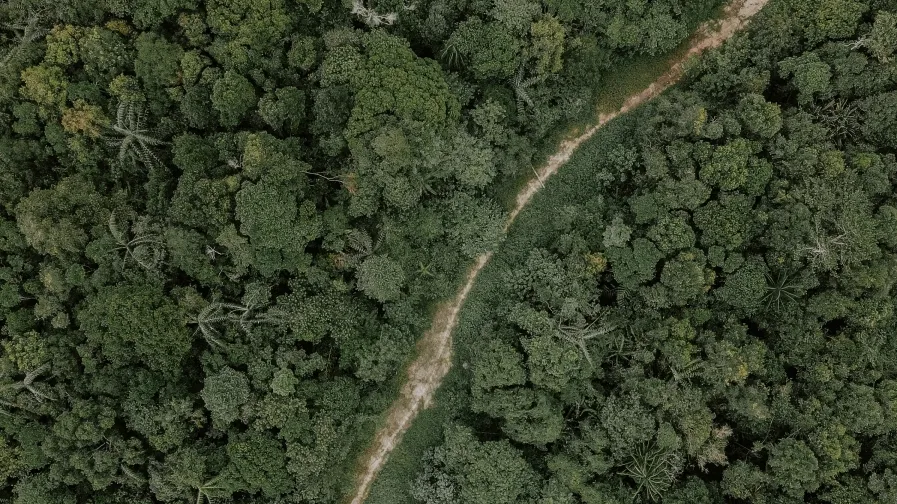


 Advertise
Advertise
